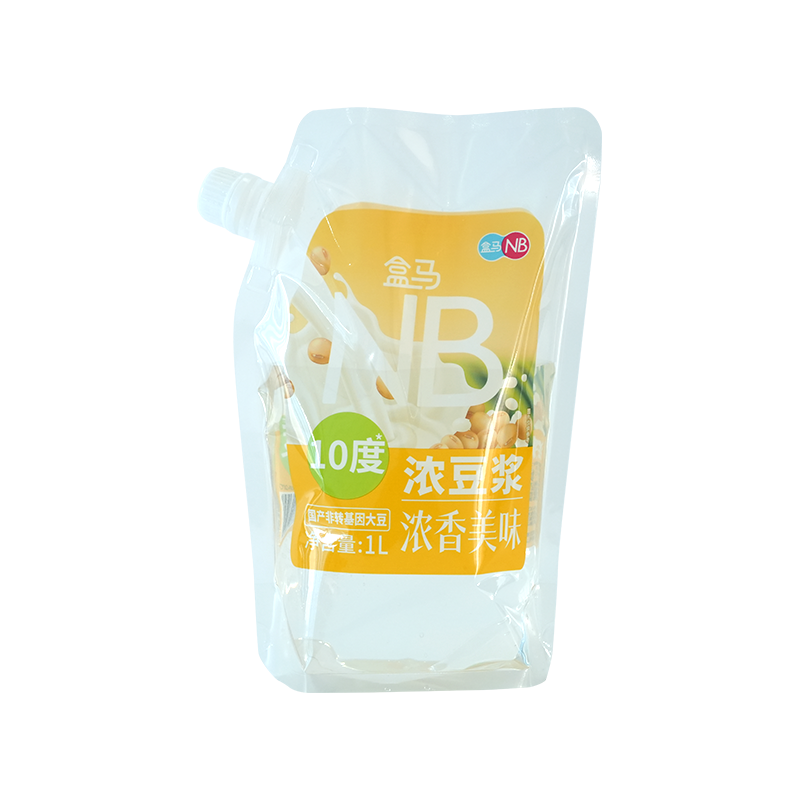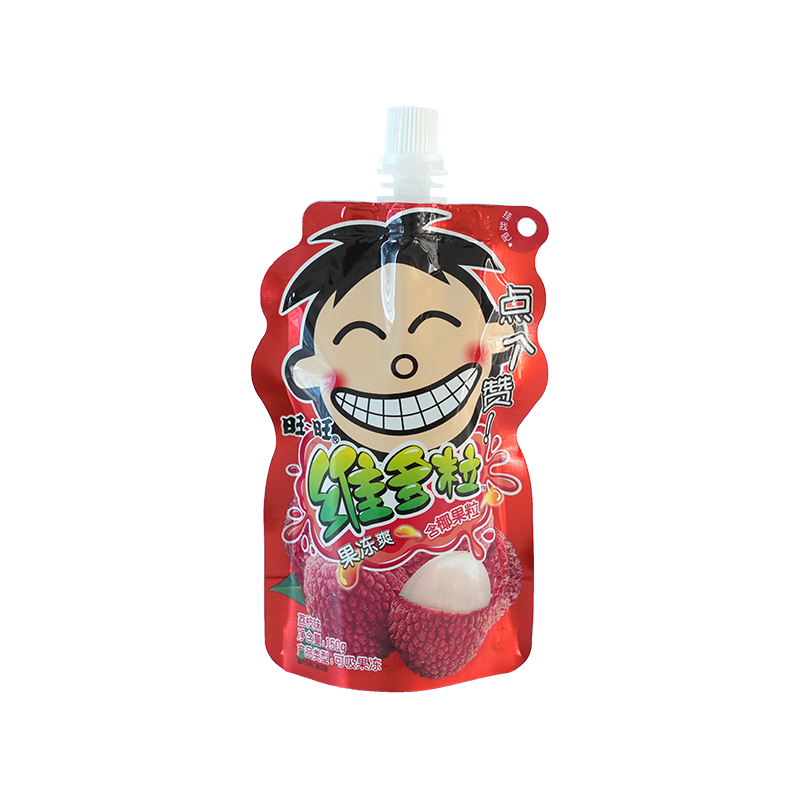In modern society, packaging is not only a display of the product's external image, but also an important means to ensure product quality and extend shelf life. With the advancement of science and technology and the diversification of consumer demand, Laminated Packaging Bags have gradually emerged in the packaging industry with their unique multi-layer structure design and excellent barrier performance, becoming the preferred packaging solution for many industries, especially food and pharmaceuticals.
Laminated Packaging Bags, as the name suggests, are a form of packaging made of multiple layers of different materials through advanced technology. This design is not a simple superposition, but is carefully selected and scientifically proportioned to give full play to the best performance of each material and form an overall effect of complementary advantages. Each layer of material has a specific function. For example, the outer layer may use wear-resistant and weather-resistant materials to resist the influence of the external environment; the middle layer may use high-barrier materials to effectively isolate harmful factors such as oxygen, water vapor, and light; and the inner layer focuses on direct contact with the product and needs to have good safety and compatibility.
It is this ingenious design of the multi-layer structure that gives the composite packaging bag extraordinary barrier properties. Compared with traditional single-material packaging bags, Laminated Packaging Bags can more effectively prevent oxygen intrusion and slow down the rate of food oxidation and deterioration; at the same time, its excellent water vapor barrier ability can also prevent products from getting damp and keep them dry; in addition, for light-sensitive products, Laminated Packaging Bags can also provide effective light protection to prevent harmful light such as ultraviolet rays from damaging the products.
In areas such as food and medicine that have extremely strict requirements for storage conditions, this advantage of Laminated Packaging Bags is particularly important. During storage and transportation, food is easily affected by various factors such as oxygen, moisture, and microorganisms and deteriorates. The composite packaging bag, through its excellent barrier properties, builds a solid protective barrier for food, effectively extends the shelf life of food, and ensures the safety and nutritional value of food. Similarly, for medicines, it is also crucial to maintain their stability and effectiveness. Laminated Packaging Bags can effectively isolate the interference of the external environment on medicines, ensuring that the quality of medicines is not affected during storage and use.
In addition, with the increasing awareness of environmental protection, Laminated Packaging Bags have also made positive efforts in environmental protection. More and more manufacturers are beginning to use recyclable or biodegradable materials to make Laminated Packaging Bags to reduce environmental pollution. At the same time, in packaging design, more attention is paid to saving resources and reducing waste generation, promoting the green and sustainable development of the packaging industry.
Laminated Packaging Bags, with their unique multi-layer structure and excellent barrier properties, have shown strong vitality and broad development prospects in the packaging industry. It not only provides a reliable protective barrier for products and extends the shelf life of products, but also actively responds to environmental protection calls and promotes the green transformation of the industry. I believe that in the future, with the continuous advancement of technology and the continuous upgrading of consumer demand, Laminated Packaging Bags will usher in a broader development space and a better application prospect.








